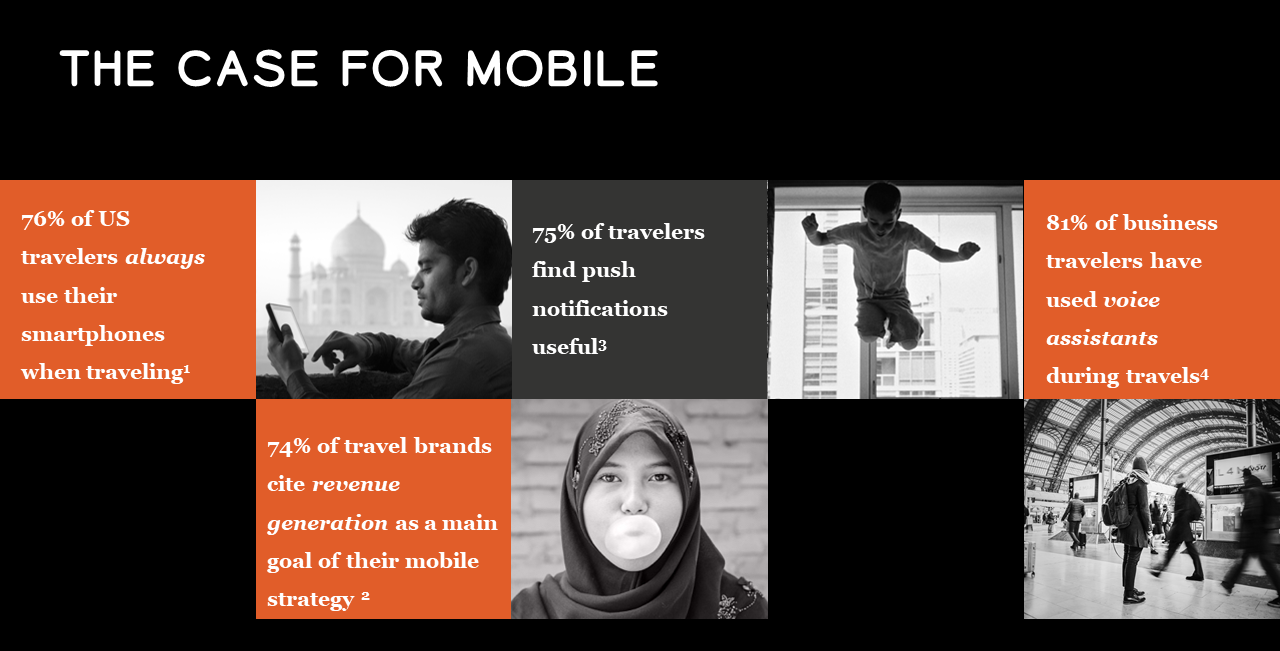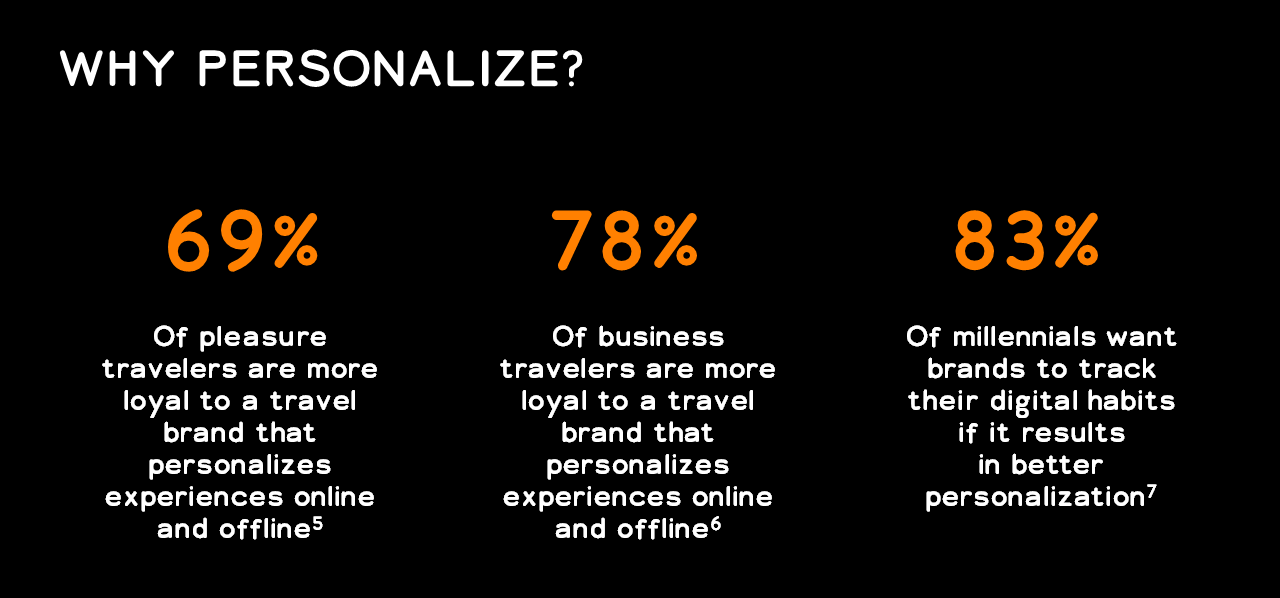- WHAT WE DO
Additional Services

- Industries

Case Study: Multilingual Retail Marketing
New AI Content Creation Solutions for a Sports and Apparel Giant

- RESOURCES

- WHO WE ARE

What We Do Home
Generative AI
- AI Translation Services
- Content Remix
AI Training
- Aurora AI Studio™
Machine Translation
- MT Tracker
Instant Interpreter
Smart Onboarding
Translation Service Models
Content Services
- Technical Writing
- Training & eLearning
- Financial Reports
- Digital Marketing
- SEO & Content Optimization
Translation Services
- Video Localization
- Software Localization
- Website Localization
- Translation for Regulated Companies
- Interpretation
- Instant Interpreter
- Live Events
- Language Quality Services
Testing Services
- Functional QA & Testing
- Compatibility Testing
- Interoperability Testing
- Performance Testing
- Accessibility Testing
- UX/CX Testing
Industries Home
Life Sciences Translations
- Pharmaceutical Translations
- Clinical Trial Translations
- Regulatory Translations
- Post-Approval Translations
- Corporate Pharma Translations
- Medical Device Language Services
- Validation and Clinical
- Regulatory Translations
- Post-Authorization Translations
- Corporate Medical Device Translations
Banking & Finance
Retail
Luxury
E-Commerce
Games
Automotive
Consumer Packaged Goods
Technology
Industrial Manufacturing
Legal Services
Travel & Hospitality
Insights
- Blog Posts
- Case Studies
- Whitepapers
- Solution Briefs
- Infographics
- eBooks
- Videos
Webinars
Lionbridge Knowledge Hubs
- Positive Patient Outcomes
- Modern Clinical Trial Solutions
- Patient Engagement
- AI Thought Leadership
SELECT LANGUAGE:
Whether on the move for business or pleasure, today’s traveler takes a digital-first path to purchase, composed of hundreds of “micro-moments” along the way. The ideal holiday may be only eight days long, but that holiday represents a winding route that averages 10 site visits and 56 page views over several weeks.
Savvy brands will leverage these “micro-moments,” inserting themselves as the perfect option among the many decisions travelers make in their purchasing journeys.
If you’re a brand eager to transform impulses into itineraries, craft a digital strategy that capitalizes on micro-moments and increases both customer loyalty and revenue.
Capitalizing on micro-moments
What do we mean when we say the customer journey comprises a series of “micro-moments?” Micro-moments occur when people with a given need—to learn something, do something, discover, watch, or buy something—turn to a connected device for a solution.
Four principles are key for brands hoping to win micro-moments: be there, be useful, be quick, and measure.
In the travel industry, micro-moments are broken into four categories: dreaming, planning, booking, and finally, experiencing and sharing.
Your brand should feature prominently at each stage, from the initial spark of wanderlust to the completed post tagged #travel (321 million and counting on Instagram), which offers critical word-of-mouth endorsement. Since customer experience (CX) begins well before travel is booked and extends long after the trip ends, it’s critical that your brand distinguish itself by delivering the right inspiration, information, confirmation, and validation at the right moments.
Let’s take a look at three strategies that can help you capture and capitalize on travel micro-moments.
1. Mobile: the new concierge
Today, being there and being useful means being mobile.
The ubiquity of smartphones, identified by Google as “the new concierge,” is the beating heart of micro-moments. While the traveler’s path to purchase still contains both online and offline touchpoints, a growing number of travelers are comfortable booking and managing their entire itinerary via smartphone.
Google’s dive into how smartphones influence the travel journey reports that more than half of travelers in Brazil (67%), India (87%), Japan (59%), and South Korea (53%) are comfortable managing multiple micro-moments—dreaming, planning, and booking—using only their mobile device.
Given those numbers and mobile trends including visual and voice search, AR and VR, mobile payment apps, and the growth of global travelers from mobile-first Asia, maximizing mobile seems like the most obvious strategy to capture micro-moments. However, a recent Travelport Digital study shows that only 17% of travel brands feel they are adequately invested in their mobile strategy.

Being there is the first step to capturing micro-moments. Like a great concierge, the successful mobile strategy delivers on-demand, personalized service that always has the right answer at the right time.
2. Travel brands get a pass to personalize
Unlike many B2B or B2C brands trying to balance personalization and privacy, travel and hospitality players find themselves in an enviable position. The more personalized and frictionless experiences they deliver, the more customers—especially business and frequent travelers—love them.
Making the most of a low-frequency purchase from the broadest possible pool requires a commitment to personalization. To capitalize on a micro-moment, you need to be relevant, timely, and actionable. Advances in machine learning and big data offer a growing number of ways to tailor content and experiences for customers on a personal level—and give your brand the ability to become a true partner for your customers by delivering exceptional CX.

Use of branded apps, AI-driven chatbots, and voice assistants like Siri and Alexa occur throughout the travel customer journey. Knowing, anticipating, and delivering on traveler preferences—from airplane seat selection to room type to locale—minimizes friction and stress. Consistently perfecting the micro-moment—via access to real-time information, fast and easy problem-solving, and relevant offers—unlocks customer loyalty and ancillary revenue.
3. Wanderlust is global and multilingual
So now that you’ve doubled-down on offering customized content, offers, and programs to capitalize on micro-moments, consider how many of your touches are monolingual. Are you truly tailoring your approach to every customer—or is your focus on one language alienating prospects?
English is the mother tongue of just six major markets, out of a total of 196 total countries. Truly resonating with global travelers across various micro-moments requires multilingual touchpoints that reflect local preferences and norms, from package deals to reviews to payment options.
A recent study by Booking Holdings indicates that monolingual (English-only, generally) content is a real barrier to access for the next billion, the newest wave of online consumers who hail from Asia. While many of these mobile-first customers speak English proficiently, they think, dream, and plan in another language altogether. Providing a native language experience builds trust and confidence in your brand for a booming burgeoning market.
Global Travelers Driving Growth:
Digital travel sales are estimated to see global growth through 2021, with the strongest gains coming from Asia-Pacific, the Middle East and Africa, and Latin America. Asia-Pacific will take the lead of digital travel sales, ahead of North America and Western Europe.
Winning micro-moments at scale
With more than half of travelers open to inspiration, mastering the micro-moment is an enticing challenge for innovative travel brands. The right strategy will enable you to meet your global customers where they are, anticipate where they’re going, and delight them with the right content, delivered in the right way at just the right moment.
Let us help you devise that strategy. Reach out today to learn more about Lionbridge services for travel companies.
References:
- Google/Phocuswright 2017
- TravelPort
- TravelPort
- TravelPort
- Google/Ipsos Connect
- Google/Ipsos Connect
- MDG




